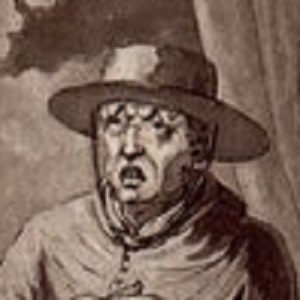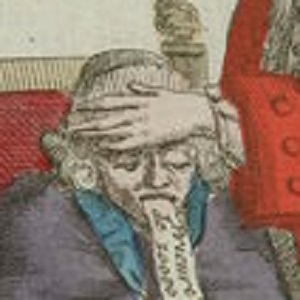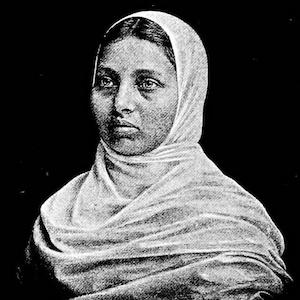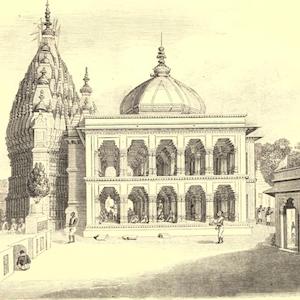Religion

Statistics on Polish Catholicism in the Communist Era
The information presented in this table highlights some of the ambiguities regarding the position of the Roman Catholic Church in the Polish People's Republic. The basic message in these data is that Catholicism thrived between WWII and the 1990s.

Wooden Crosses
Photograph of wooden cross taken in forest at Obelusat Cemetery near Lake Stanovoi, Solovki.

Mea Culpa of the Pope
Although the revolutionaries long regarded the Pope as an enemy, their anger was stoked significantly by the papal decision to decree as unacceptable the Civil Constitution of the Clergy.

The Great Nausea of Monsignor
This engraving focuses on expurgating the clergy, this time with vomiting as the intended method. Here, the cleric spits up the unfair advantages enjoyed in the old regime.

The Voyages and Adventures of Ferdinand Mendez Pinto
One of the most important results of the early modern period was the spread of European culture generally, and Christian religion particularly, throughout the globe.

Malleus Maleficarum, Witch Hunter Manual
Perhaps the most spectacular manifestation of early modern European discrimination against women was the conviction of thousands of women for witchcraft. Over three centuries, more than 40,000 people were executed as witches, 75 percent of them female.

The Taoist Priest of Lao-Shan
"The Taoist Priest of Lao-Shan" is a folktale with a moral lesson. The tale uses religion as a device to instill in children the traits desired by upstanding citizens within the culture at that time.

The High-Caste Hindu Woman
Literacy among Indian women was low during the 19th century, and so primary sources written by Indian women are rare for this period. One notable exception is Pandita Ramabai (1858-1922), an influential Indian woman social reformer from Maharashtra in western India.

India’s Cries to British Humanity
Toward the end of the 1700s, the evangelical movement in Britain argued that one’s commitment to Christ should be reflected in action, primarily the effort to end slavery in the British empire and to proselytize or seek converts among the “heathen.” Initially, the English East India Company had p

Rajah Rammohun Roy Excerpts
Ram Mohan Roy (1774-1832), a highly educated Bengali brahman from a well-to-do landed family, had worked in the lower levels of the Company bureaucracy.